Row houses are a distinctive part of the architecture of many of the oldest cities across the United States. The style first appeared in Europe at the Place des Vosges in Paris, early in the 17th century, concurrent with the founding of America. It followed settlers across the Atlantic to the colonies, where early cities were founded near the water or on peninsulas. These connected homes make the most of limited land. Accordingly, they are prominent in port cities such as Boston, New York, Philadelphia, and Charleston.
WHAT IS A ROW HOUSE?
A row house is a single-family dwelling of at least 2 stories that shares one or both walls and roofline with a neighbor. While this definition also applies to townhouses, they differ in that row houses are very similar in architectural design and the facades are aligned. Townhouses, on the other hand, can be staggered from the street and may differ vastly in style.
 One well-known example of a row house is a New York brownstone, named after the reddish-brown color of sandstone on the exterior. Throughout Europe, row houses are called terraced houses. But across the US South, “row house” is a more generic term referring to any long contiguous group of residences. While there are a few brownstones in Charleston, row houses are more common along our historic streets.
One well-known example of a row house is a New York brownstone, named after the reddish-brown color of sandstone on the exterior. Throughout Europe, row houses are called terraced houses. But across the US South, “row house” is a more generic term referring to any long contiguous group of residences. While there are a few brownstones in Charleston, row houses are more common along our historic streets.
CHARLESTON’S ROW HOUSES
A number of streets in downtown Charleston are adorned with beautiful row houses that date to the city’s earliest residents. Many of Charleston’s row houses have balconies with elaborate iron railings.
One such row has earned worldly distinction: Rainbow Row. This stretch of 13 homes is located on East Bay Street, just South of Broad. The collection of different pastel colors used on each individual residence led Robert Ripley of “Believe It Ot Not” fame to coin the term Rainbow Row.
While Rainbow Row is one of the most photographed areas in downtown Charleston, it has not always been that way. The homes were built in the middle of the 18th century as modest residences. Merchants working Charleston Harbor could conduct business downstairs and live upstairs.
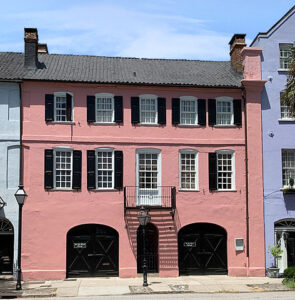 After the Civil War, the area was so rundown it was deemed a slum and stayed in disrepair for almost a century. Then in 1931, Judge Lionel Legge and his wife Dorothy purchased a block of the homes. It was Dorothy’s idea to paint the homes in colorful pastels, to reflect the city’s Colonial Caribbean affinity. She painted their primary residence at 99-101 East Bay Street pink.
After the Civil War, the area was so rundown it was deemed a slum and stayed in disrepair for almost a century. Then in 1931, Judge Lionel Legge and his wife Dorothy purchased a block of the homes. It was Dorothy’s idea to paint the homes in colorful pastels, to reflect the city’s Colonial Caribbean affinity. She painted their primary residence at 99-101 East Bay Street pink.
Eventually, the entire row was repainted in various pastels. There is a longstanding legend that the homes were painted different colors so that drunken sailors could find their way to the proper front door. However, since the homes receive a generous amount of sunshine, it is more likely Legge’s motivation was to make the houses cooler in the hot South Carolina summers.
Whatever the original reason, these charming Charleston row houses have captivated the imagination and love of locals and tourists alike.


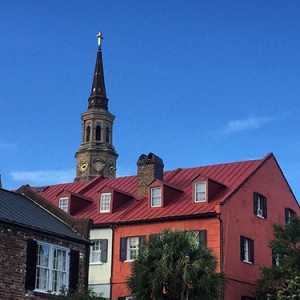 Architecture buffs should be sure to take advantage of the opportunity to see inside and behind the buildings normally only glimpsed from the street front. To make the most of your experience, venture off the beaten path to shops and galleries that are located in alleyways or on the second or third levels of buildings. The streets will be bustling with locals and visitors of all ages.
Architecture buffs should be sure to take advantage of the opportunity to see inside and behind the buildings normally only glimpsed from the street front. To make the most of your experience, venture off the beaten path to shops and galleries that are located in alleyways or on the second or third levels of buildings. The streets will be bustling with locals and visitors of all ages.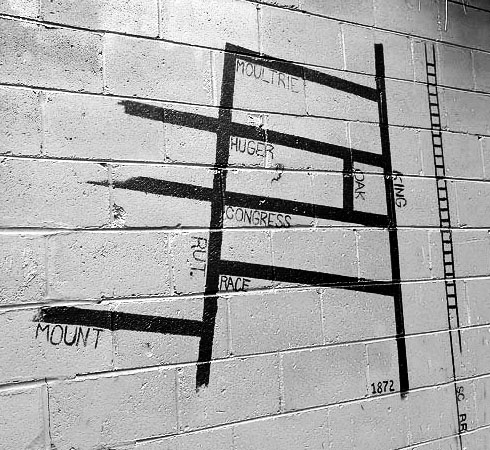

 Known for its fantastic fishing opportunities, Charleston is a place you can catch your own dinner. Many fishing guides take you out on the Lowcountry’s tidal waters that supply redfish, speckled sea trout and flounder. Other favorite spots are the reefs near the shoreline, where you can catch varieties like black sea bass and king mackerel. Residents and tourists alike can try their hand at the world-class fishing available in the area’s waters.
Known for its fantastic fishing opportunities, Charleston is a place you can catch your own dinner. Many fishing guides take you out on the Lowcountry’s tidal waters that supply redfish, speckled sea trout and flounder. Other favorite spots are the reefs near the shoreline, where you can catch varieties like black sea bass and king mackerel. Residents and tourists alike can try their hand at the world-class fishing available in the area’s waters.

 Charleston’s take on beach golf was invented in the early 1990s by native Thomas “Big T” Alexander. It requires a beach and at least two players, each with a putter and ball. But after this, there are no formal rules. Scoring, course layout and other details are left to the discretion of whoever brings the playing equipment — and refreshments. This player outlines a fairway and green in the sand and establishes par. He or she also decides the order of play, whether a putt can be re-hit in mid-roll if it’s headed into the Atlantic, and if penalties incur. Rules can even change mid-swing. The leader also keeps the score, a job that virtually guarantees a lopsided win.
Charleston’s take on beach golf was invented in the early 1990s by native Thomas “Big T” Alexander. It requires a beach and at least two players, each with a putter and ball. But after this, there are no formal rules. Scoring, course layout and other details are left to the discretion of whoever brings the playing equipment — and refreshments. This player outlines a fairway and green in the sand and establishes par. He or she also decides the order of play, whether a putt can be re-hit in mid-roll if it’s headed into the Atlantic, and if penalties incur. Rules can even change mid-swing. The leader also keeps the score, a job that virtually guarantees a lopsided win.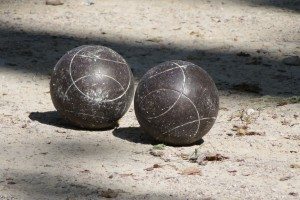
 Many who visit Kiawah declare it the most beautiful place they’ve ever seen. But what makes this island so spectacular? It’s actually quite simple: the island’s beauty spans 360 degrees. There are no “less desirable” views; the flora and fauna teem throughout. No matter which way you look, the island has beauty to spare. From the wide, pristine beach to the diverse and wondrous maze of dunes, from the rich and healthy maritime forest to the creeks and marshes that hold countless fresh seafood dinners, Kiawah is a place that demonstrates the value of master planning for the future.
Many who visit Kiawah declare it the most beautiful place they’ve ever seen. But what makes this island so spectacular? It’s actually quite simple: the island’s beauty spans 360 degrees. There are no “less desirable” views; the flora and fauna teem throughout. No matter which way you look, the island has beauty to spare. From the wide, pristine beach to the diverse and wondrous maze of dunes, from the rich and healthy maritime forest to the creeks and marshes that hold countless fresh seafood dinners, Kiawah is a place that demonstrates the value of master planning for the future. An award-winning environmental plan protects the wildlife habitat. It has helped make Seabrook Island one of America’s premier bird watching centers. Over 80 species, including federally protected birds, make the island their home. Seabrook is also a special retreat for the equestrian. A network of riding trails winds through the island, and beach riding is at its best. The Seabrook Island Equestrian Center is one of the finest in South Carolina, with boarding, lessons, and a professional staff.
An award-winning environmental plan protects the wildlife habitat. It has helped make Seabrook Island one of America’s premier bird watching centers. Over 80 species, including federally protected birds, make the island their home. Seabrook is also a special retreat for the equestrian. A network of riding trails winds through the island, and beach riding is at its best. The Seabrook Island Equestrian Center is one of the finest in South Carolina, with boarding, lessons, and a professional staff.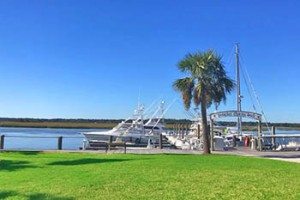 Additional shopping, dining, and activities are available at the entrance to both islands on Betsy Kerrison Parkway at
Additional shopping, dining, and activities are available at the entrance to both islands on Betsy Kerrison Parkway at  Here in Charleston, you’ll see variations of the Corinthian capital in some of our most beautiful residential, civic, and commercial architecture — old as well as new. Many
Here in Charleston, you’ll see variations of the Corinthian capital in some of our most beautiful residential, civic, and commercial architecture — old as well as new. Many 